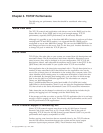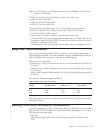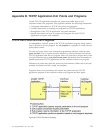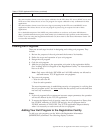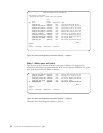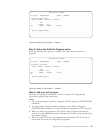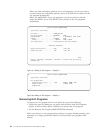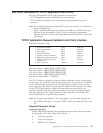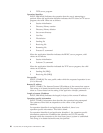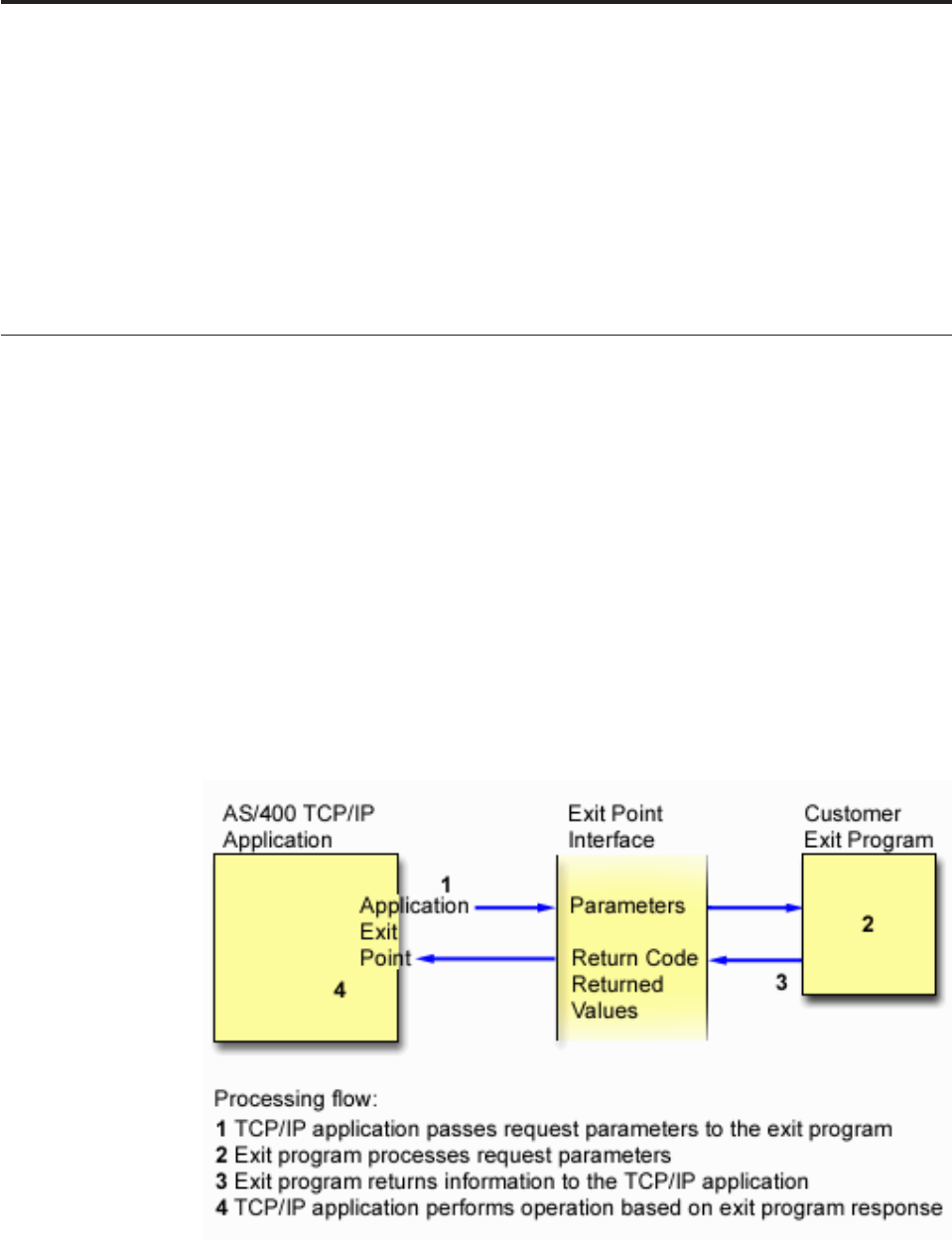
Appendix B. TCP/IP Application Exit Points and Programs
Certain TCP/IP applications provide exit points that enable them to call
customer-written exit programs. This appendix contains the following information:
v Conceptual information on TCP/IP exit points and programs
v General instructions on creating exit programs for TCP/IP applications
v Descriptions of the TCP/IP application exit point interfaces
v Specific instructions on how to prepare exit programs for each TCP/IP
application exit point, with examples.
TCP/IP Exit Points and Exit Programs
An exit point is a specific point in the TCP/IP application program where control
may be passed to an exit program. An exit program is a program to which the exit
point passes control.
For each exit point, there is an associated programming interface, called an exit
point interface. The exit point uses this interface to pass information between the
TCP/IP application and the exit program. Each exit point has a unique name. Each
exit point interface has an exit point format name that defines how information is
passed between the TCP/IP application and the customer-written exit program.
Different exit points may share the same exit point interface. When this is the case,
multiple exit points can call a single exit program.
Figure 62 shows how parameters and control are passed from the TCP/IP
application program to the customer-written exit program and back again.
Figure 62. TCP/IP Exit Point Processing
© Copyright IBM Corp. 1997, 2001 79



